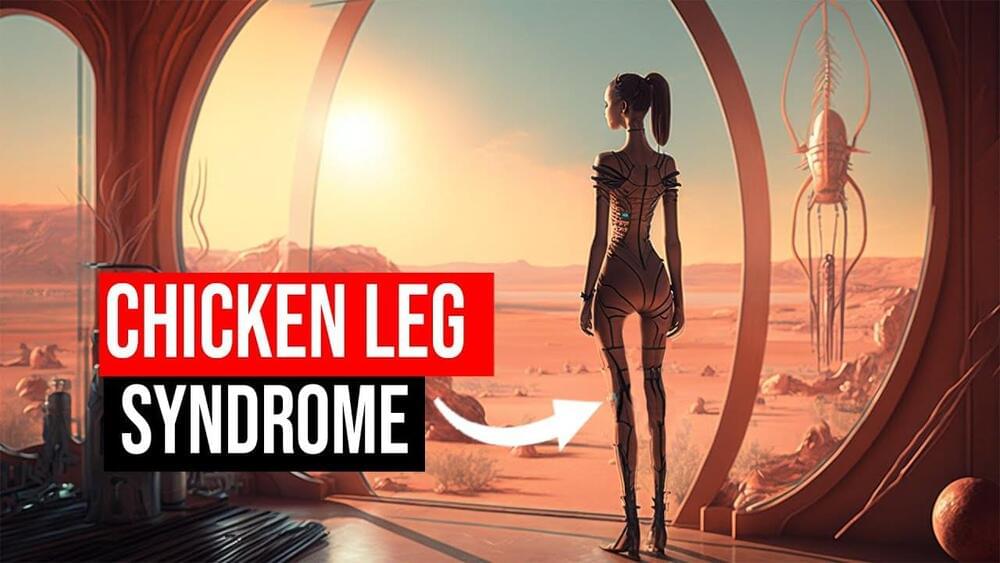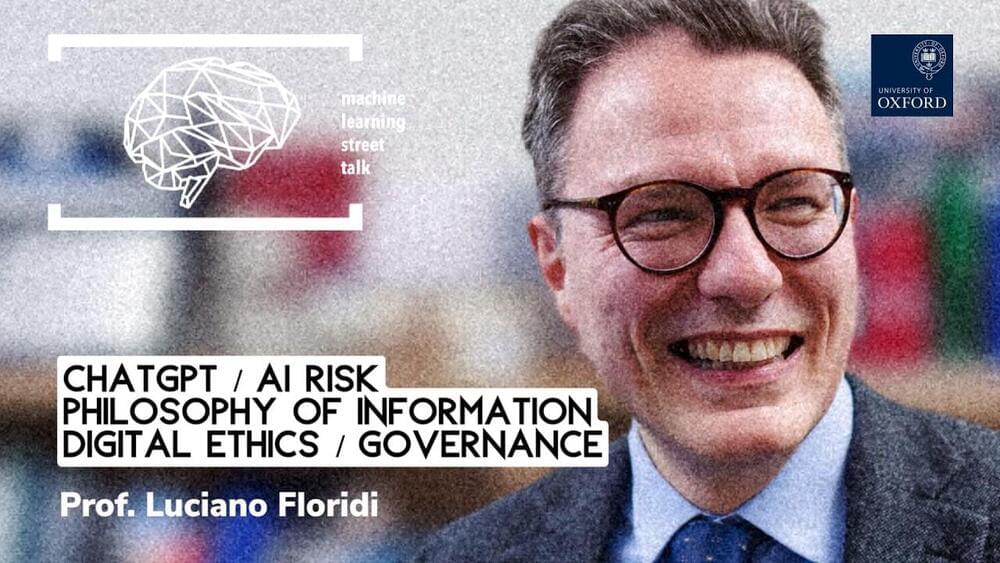
Neural decoding models attempt to identify the current mental state of an individual from recordings of their neural activity1. In recent years, neural decoders have been developed to identify numerous different types of mental activity from many neuroimaging modalities. These decoders were first developed to decode visual2,3 and semantic4,5,6,7 information from the brain, while more recent examples of neural decoders have been developed to decode a diverse set of activities, including, but not limited to, affective states8, visual imagery during sleep9, and story meaning10.
Neural decoding models have been developed that make use of many different types of neuroimaging techniques including, but not limited to, functional magnetic resonance imaging (fMRI), electrocortiography (ECoG), electroencephalogram (EEG), and functional near infrared spectroscopy (fNIRS). Depending on the type of neuroimaging technique the neural decoder uses different types of mental processes may be decoded. For example, fMRI provides a recording of activity throughout the entire brain with a very high spatial resolution, allowing a neural decoder the ability to decode mental states involving sub-cortical brain regions11. However, this comes at the cost of poor time resolution, which prevents decoding of mental activity over very short time scales.

















